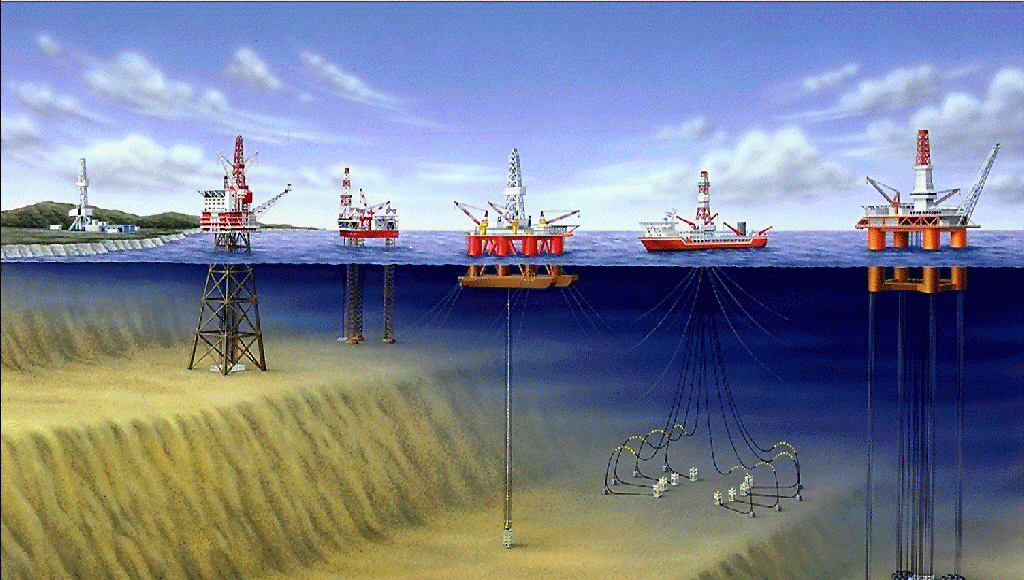Millions of wells have been drilled since US explorers launched the modern oil industry a century and a half ago. In those 150 years, technology advances have gradually improved the chances that wells will find oil and gas, and of producing them profitably. Technology has also expanded the oil and gas industry’s horizons to areas where exploration was once unthinkable, such as the depths of the ocean.
But in addition to the kind of technology you need to produce oil from 8,000 metres under the seabed and then through 3,000 metres of sea, successful oil exploration depends on the alignment of a host of economic and geological variables. The explorer needs an appetite for risk, access to financing, a high enough oil price to make exploration worthwhile and permission to operate. Oh, and fortuitous geological events to have occurred hundreds of millions of years earlier.
Geology
Three geological elements are required for the creation of an oil and gas field: source rock; reservoir rock; and cap rock. Over millions of years, organic matter in the source rock is cooked into petroleum and natural gas. A mixture of oil, natural gas and salt water then slowly migrates upwards – over thousands of years – through permeable layers of rock. An oilfield forms when the hydrocarbons accumulate in a porous, permeable reservoir rock – typically a sandstone or a carbonate – with an impermeable layer above it, which prevents further upward migration. In oil and gas production, a well punctures through this impermeable seal – cap rock – enabling oil and gas to flow to the surface. In some circumstances, source rocks may also be reservoir rocks.
Rights and contracts
Before any exploration gets under way, though, E&P companies need to secure permission to operate on the land and to agree – with the owner of the mineral-extraction rights – on who gets what in the event of oil or gas being recovered. Ownership rules vary by country. In the US and Canada, mineral rights may be in public or private hands. Everywhere else, the state owns the oil and gas. Whoever the owner is, a contract is needed to establish mechanisms for divvying up risks, costs and rewards from any future production. The local environment is an integral part of the business plan too. The explorer wants to maximise its chances of financial success while minimizing the impact of its operations on the local environment and local communities.
To be continued…
Source: Energy-Future




